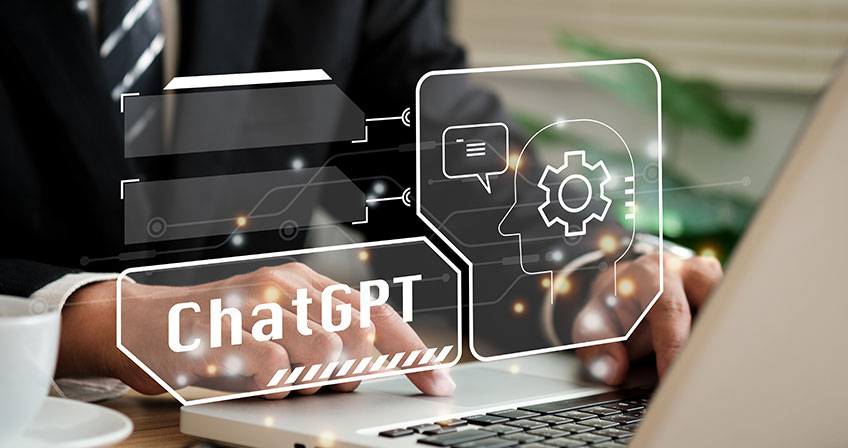
Chatbots have become an increasingly popular tool for marketers to engage with their audience and drive business growth. However, the success of a chatbot depends largely on the quality of its queries. Here are ten best practices for writing effective ChatGPT queries in marketing.
- Define Your Goals: Determine what you want your chatbot to achieve such as lead generation/customer support/etc., creating specific goals based on certain objectives
- Identify User Personas : Understand who your target audience is by developing user personas that outline their characteristics/needs/goals/pain points/etc., ensuring relevant messaging
- Use Clear Language : Avoid using jargon or complex terminology, instead use simple language that is easily understandable to all users
- Keep It Short & Sweet : Make sure your queries are concise and easy to read/understand, avoiding long-winded explanations
- Add Personality: Give your chatbot some personality through humor/tone/language etc., making it more memorable while also humanizing the interaction.
- Be Responsive: Ensure quick response times when interacting with customers/users , showing them they’re valued whilst minimizing frustration levels
- Provide Value: Offer helpful suggestions/solutions/information during interactions , providing value that goes beyond typical expectations
- Test Often : Continuously test different variations of questions/responses over time optimizing effectiveness
- Optimize For Mobile Devices : Ensure queries can be viewed properly across all devices (mobile/desktop/tablet), reaching wider audiences
- Monitor Results & Refine Strategies: Track metrics such as engagement rates/conversion rates/click-through-rates/etc., using data insights gathered from analytics further refine strategies over time.
By implementing these best practices into their ChatGPT query writing process, marketers can create highly-engaging conversations resulting in increased customer satisfaction levels whilst also driving conversions/revenue growth over time!